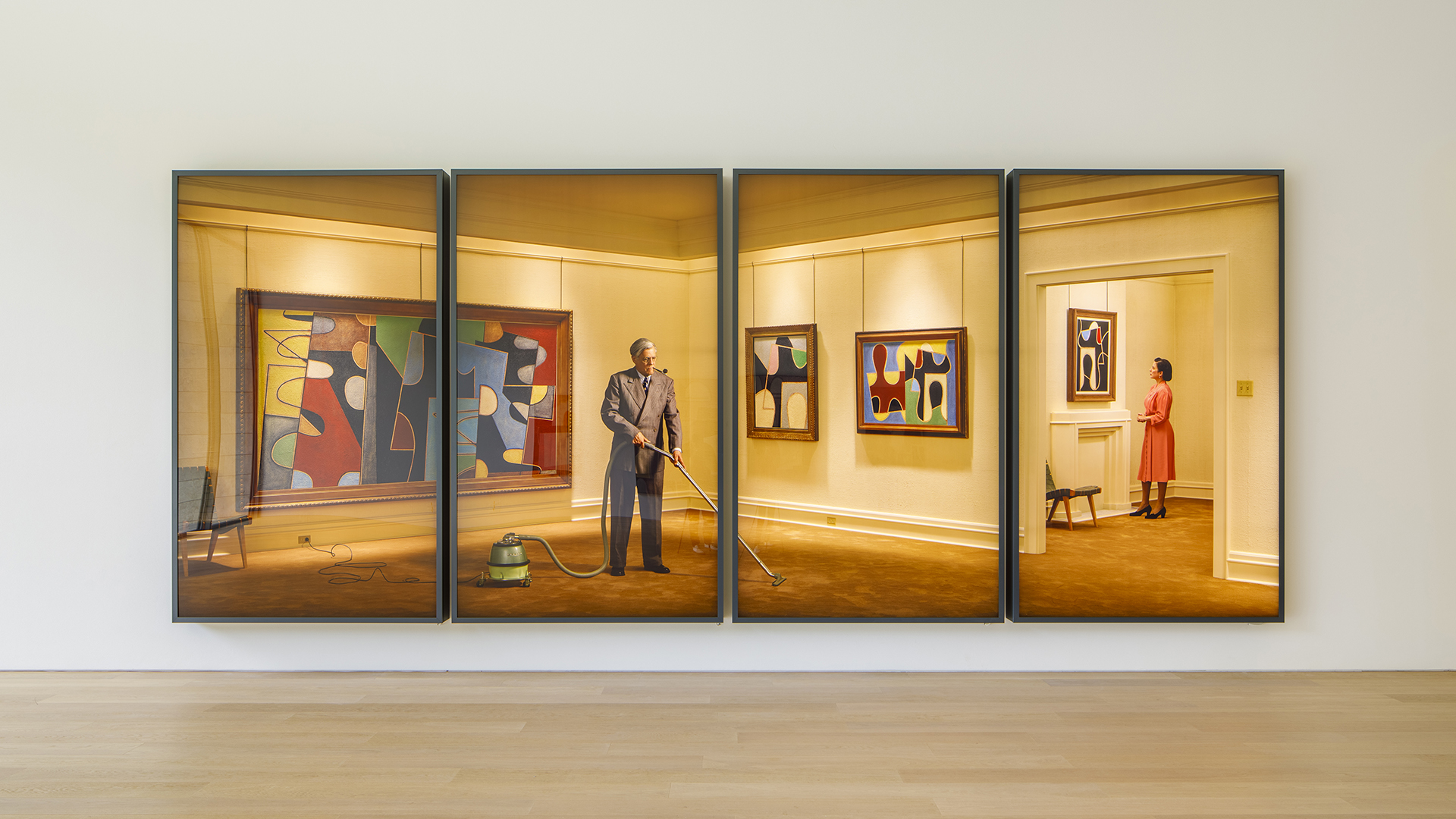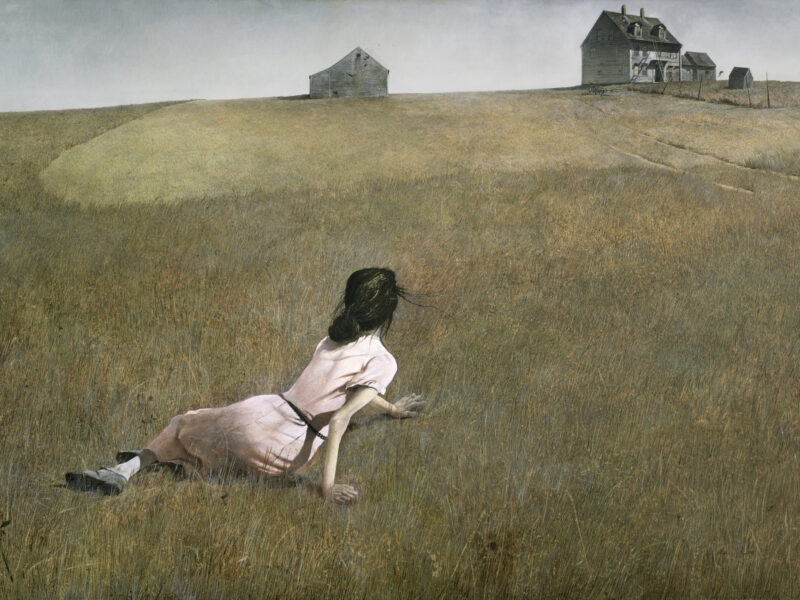Goetz | Rodney Graham
In the realm of contemporary art, Rodney Graham stands as a luminary whose work transcends traditional boundaries and challenges the conventional notions of artistic expression. Born on January 16, 1949, in Abbotsford, British Columbia, Graham has earned international acclaim for his innovative and multifaceted approach to art. This article delves into the life, career, and distinctive artistic style of Rodney Graham, exploring the themes, mediums, and influences that define his remarkable body of work.
Rodney Graham’s journey into the world of art began in the late 1960s when he attended the University of British Columbia, studying art history, English literature, and fine arts. His diverse academic background laid the foundation for the interdisciplinary nature of his later artistic endeavors. Graham’s early exposure to literature and philosophy is evident in his work, which often combines elements of visual art with literary and intellectual references.
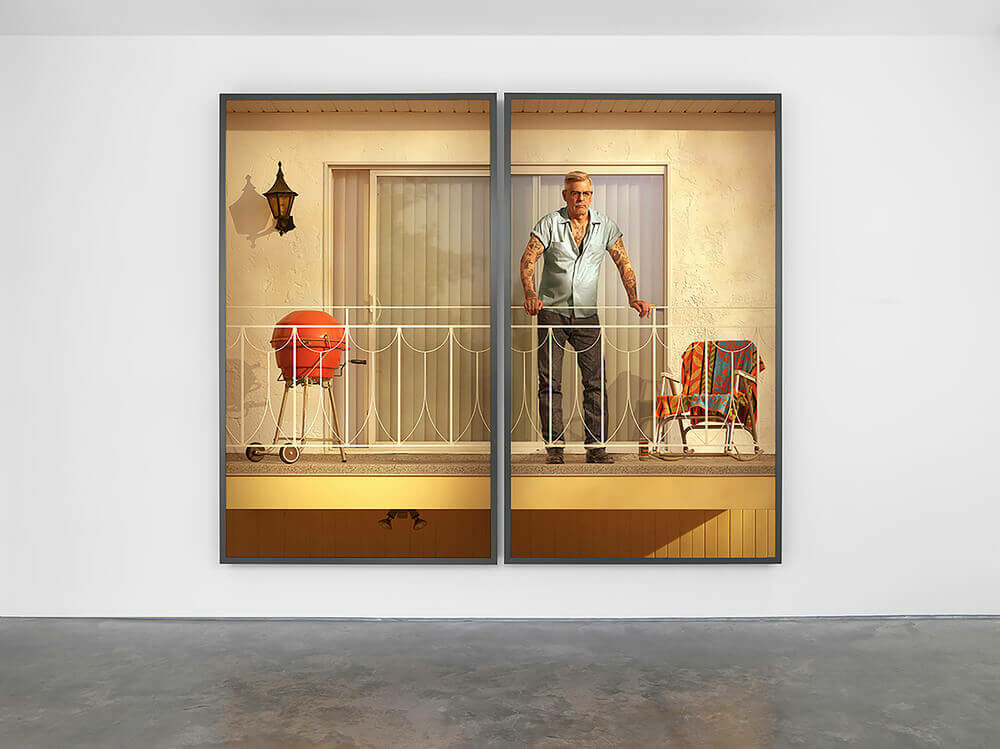
Graham’s artistic style is characterized by its eclecticism and a seamless blend of various mediums. He is renowned for his conceptual approach, which integrates photography, film, music, and literature. His early influences include the conceptual art movement, with figures like Marcel Duchamp and John Baldessari leaving a lasting imprint on his work. Graham’s ability to navigate between different mediums with ease reflects a deep engagement with the possibilities of artistic expression.
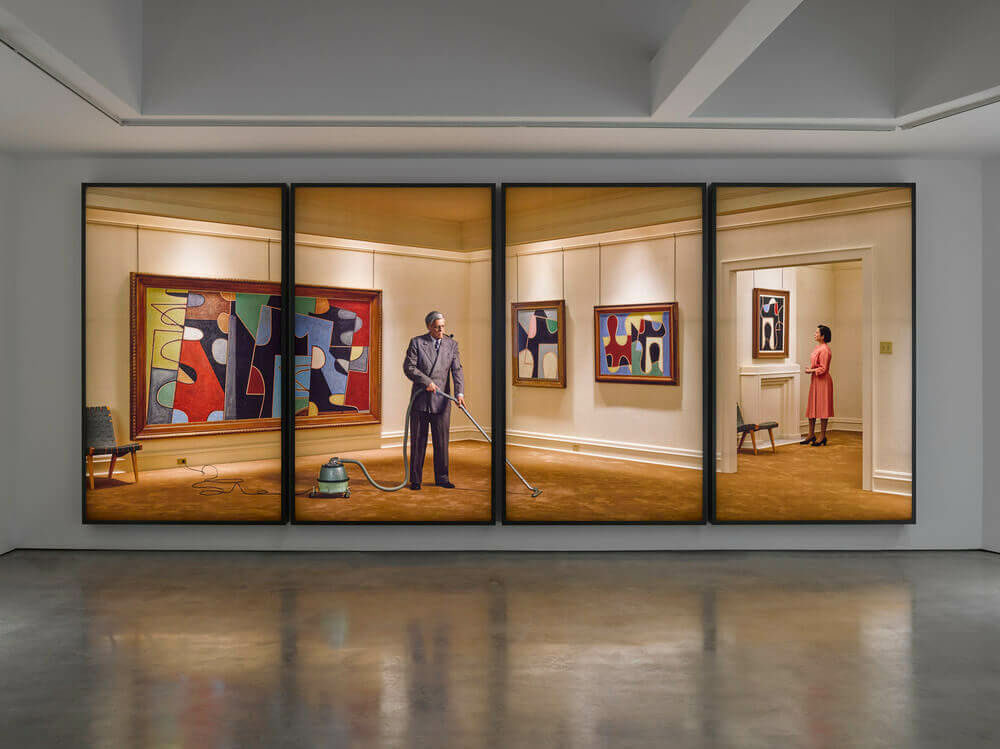
One of Graham’s recurring themes is the exploration of time and history. In works such as “Vexation Island” (1997) and “How I Became a Ramblin’ Man” (1999), he plays with temporal elements, inviting viewers to contemplate the cyclical nature of history and the passage of time. Graham often draws inspiration from literature, incorporating literary references into his visual art. His 1994 work, “Parsifal (1882 – 1937),” is a prime example, where he reimagines the life of a fictional character in conjunction with Richard Wagner’s opera. Graham frequently inserts himself into his work, engaging in a form of self-portraiture that goes beyond the conventional. In pieces like “Vexation Island” and “Aberdeen,” he becomes a character within a narrative, blurring the lines between reality and fiction. The notion of identity is another theme central to Graham’s work. Through various personas and characters, he challenges the fixed nature of identity, highlighting its fluid and mutable qualities.
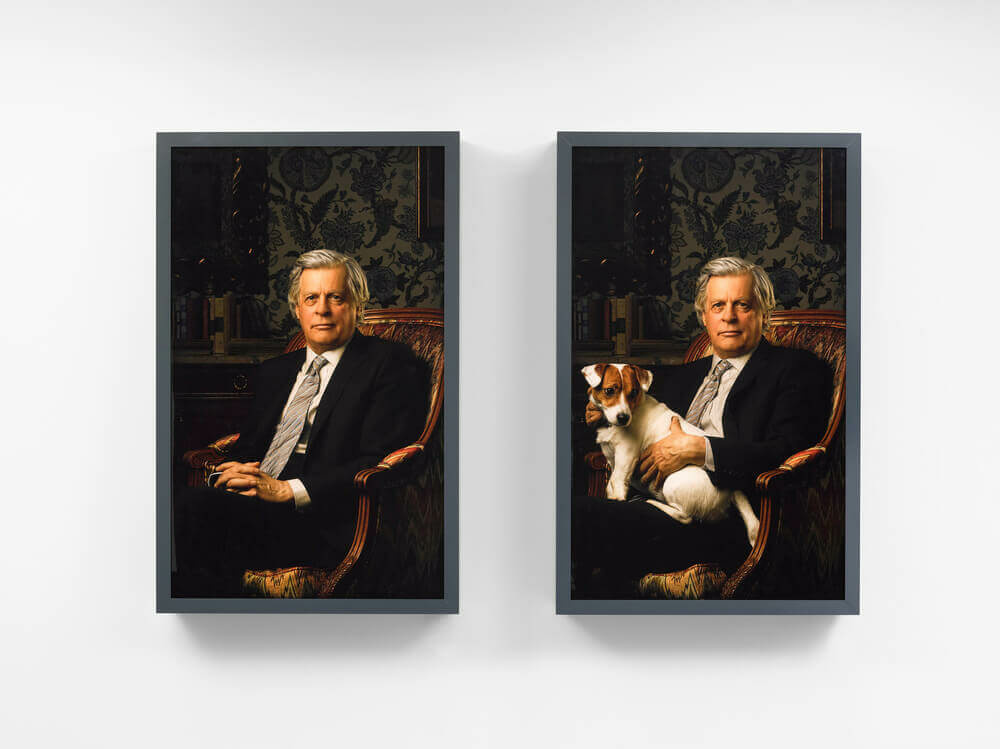
Notable Works:
- Vexation Island (1997): This video installation features Graham as the protagonist perpetually attempting to climb a palm tree, only to be thwarted by falling coconuts. The piece is a humorous and philosophical exploration of perseverance and futility.
- How I Became a Ramblin’ Man (1999): Graham’s exploration of time is evident in this work, where he reinvents himself as a troubadour traveling through various historical periods. The piece is a compelling narrative that blurs the boundaries between reality and fiction.
- Aberdeen (2013): This photographic series captures Graham in various guises, posing against backdrops that evoke different historical and cultural contexts. The images raise questions about the construction of identity and the performative nature of self-representation.
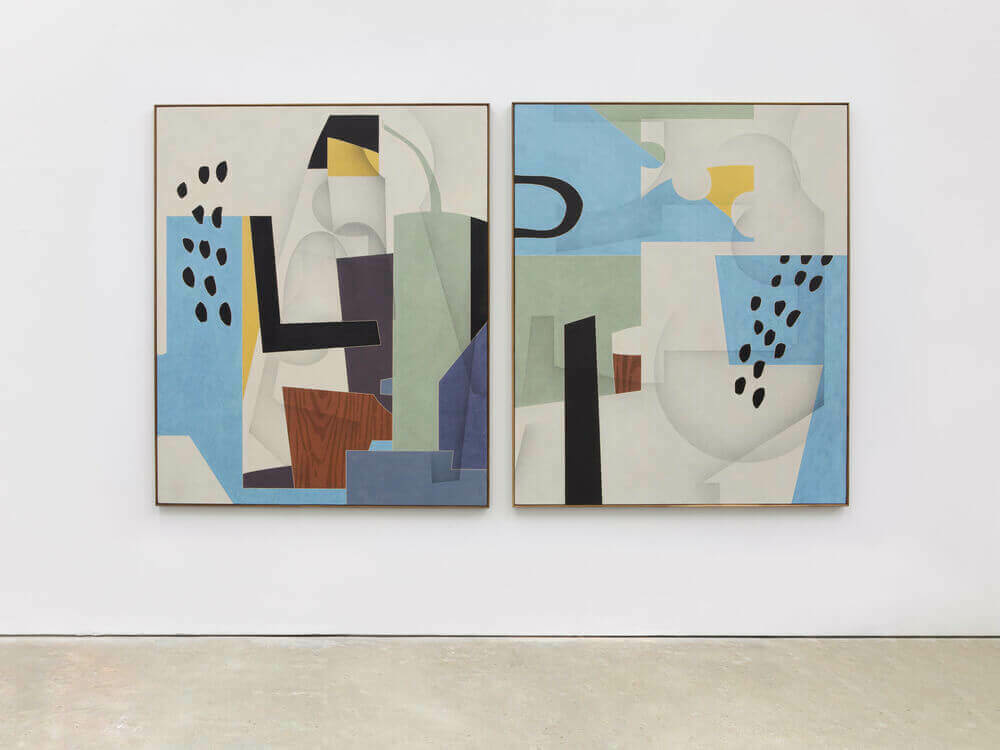
Rodney Graham’s impact on contemporary art is profound, and his work continues to inspire artists and enthusiasts alike. His ability to seamlessly merge various mediums and his intellectual engagement with diverse subject matters contribute to the enduring relevance of his oeuvre. Graham’s legacy extends beyond the conventional boundaries of art, highlighting the potential for creative exploration within the intersections of literature, philosophy, and visual expression. Rodney Graham’s contribution to the art world is marked by innovation, intellectual depth, and a commitment to pushing the boundaries of artistic expression. As a conceptual artist, he challenges viewers to engage with his work on multiple levels, inviting them to contemplate the complexities of time, identity, and history. Rodney Graham’s distinctive approach to art has solidified his place as a visionary in the contemporary art landscape, leaving an indelible mark on the ever-evolving dialogue between creativity and conceptual thinking.
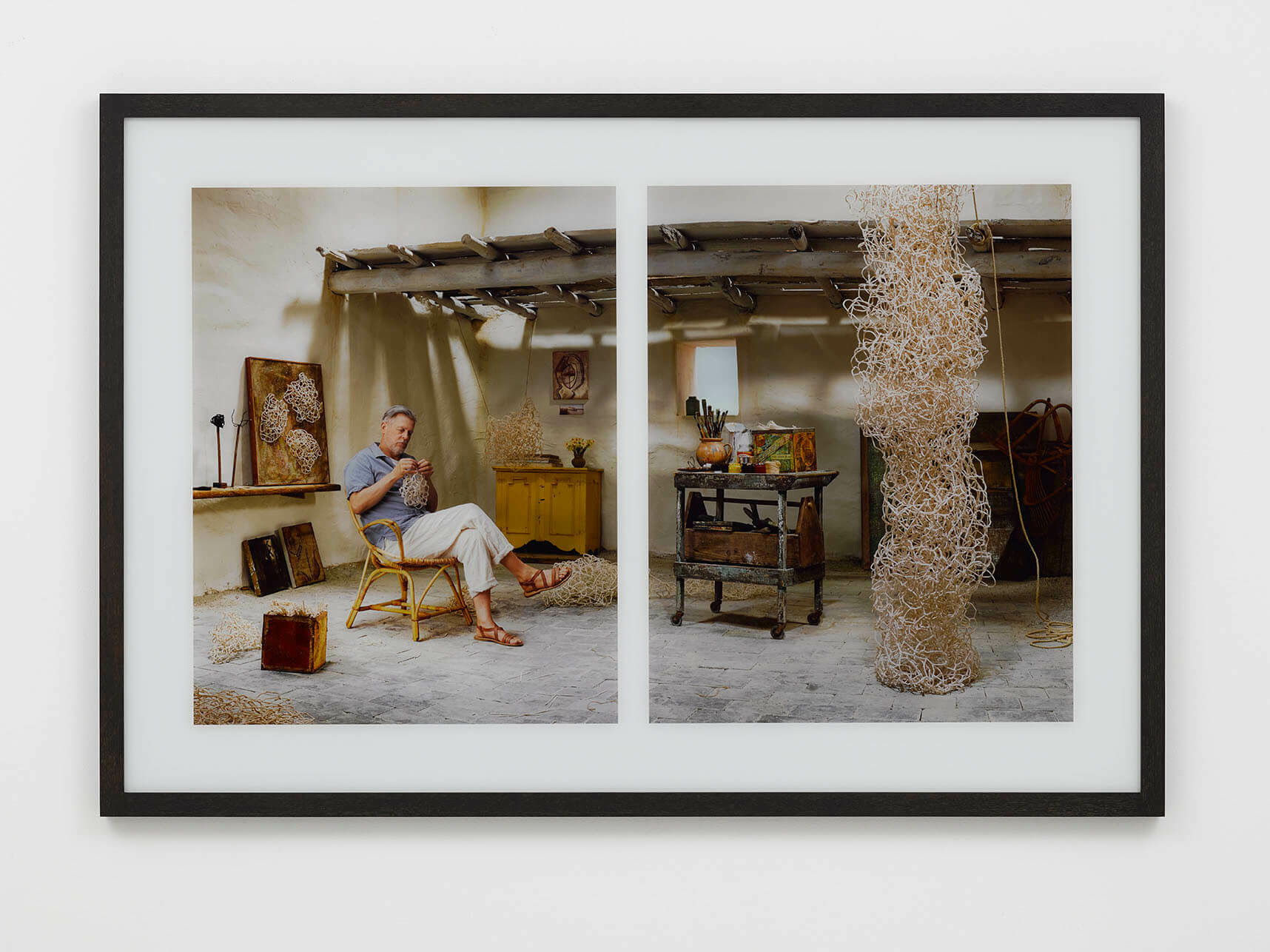
All images by Rodney Graham

